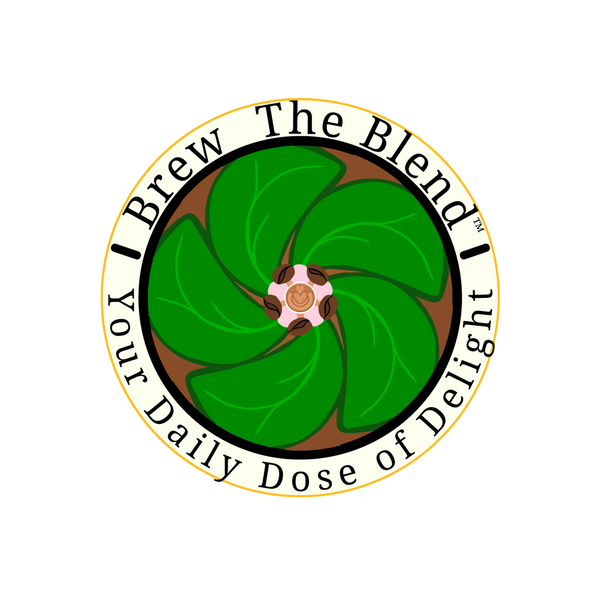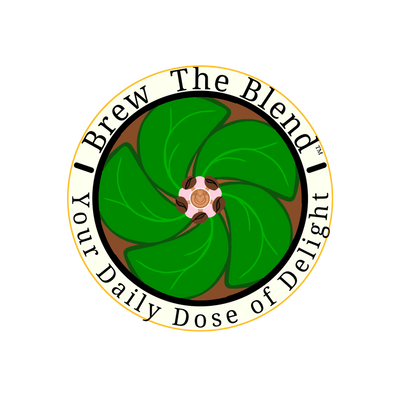
From Ancient Highlands to Modern Cafés: The Origins of Coffee
Coffee is more than a morning pick-me-up—it’s a story woven through centuries of culture, tradition, and innovation. Every sip connects us to farmers, rituals, and global journeys that began over a thousand years ago. At Brew the Blend, we believe each cup carries history and heritage, and we’re here to share that story with you, offering a unique blend of tradition and innovation in every cup.
Ethiopia: The Birthplace of Coffee
Legend credits coffee’s discovery to a goat herder named Kaldi in 9th-century Ethiopia. His goats, energized after eating bright red cherries, inspired monks to brew the beans for long nights of prayer.
While folklore adds charm, Ethiopia is indeed the genetic origin of Coffea arabica, the species responsible for most of today’s specialty coffee. Even now, regions like Sidamo, Harrar, and Kaffa nurture coffee plants in their natural forests, keeping tradition alive.
Coffee Across the Arab World
By the 15th century, coffee had crossed the Red Sea to Yemen, where Sufi monks brewed it to stay awake during spiritual practices. From Yemen’s port of Mocha, the drink spread across the Middle East.
These weren’t just places to sip coffee but centers of music, poetry, and political discussion. The tradition of gathering over a cup was born here, setting the stage for the cafés we cherish today, and inviting you to be part of this rich cultural tapestry.
Coffee Conquers Europe
Coffee arrived in Venice in the early 1600s. Though some called it the “bitter invention of Satan,” Pope Clement VIII famously blessed it after tasting, ensuring its popularity.
By the mid-17th century, London’s coffeehouses earned the title of “penny universities”—for just a penny, patrons bought a coffee and joined intellectual debates. Meanwhile, Parisian cafés and Viennese traditions cemented coffee as a drink of culture and sophistication.

Coffee and Colonial Expansion
Europe’s obsession with coffee fueled its spread worldwide. Colonial powers planted coffee in Java, the Caribbean, Brazil, and Central America. While this made coffee a global commodity, it also tied the crop to exploitation and forced labor.
This period shaped the coffee trade as we know it, making it both an engine of growth and a reminder of the importance of ethical sourcing today.
Brazil: The World’s Coffee Giant
By the 19th century, Brazil rose as the dominant coffee producer, a title it still holds. Vast plantations, fertile soil, and global demand made Brazil synonymous with coffee. Today, Brazil supplies a third of the world’s beans, from commodity blends to specialty-grade lots.
Coffee in America
In the U.S., coffee became a patriotic choice after the Boston Tea Party of 1773. By the 19th century, it was firmly part of daily life. From soldiers in the Civil War to the rise of instant coffee during WWII, America embraced the brew.
Later, the specialty coffee movement shifted focus from quantity to quality. Roasters like Peet’s and Starbucks highlighted origins, roast styles, and café culture—sparking today’s diverse coffee landscape.
The Specialty Coffee Movement
Modern coffee lovers are in the midst of the third wave of coffee, treating coffee as an artisanal product. Key pillars include:
- Origin transparency (farm, region, cooperative)
- Unique processes (washed, natural, honey-processed)
- Fair, direct trade with farmers
- Elevated brewing (pour-over, siphon, AeroPress)
Now, we celebrate coffees from Ethiopia, Colombia, Guatemala, Kenya, and Panama for their unique flavor notes—floral, fruity, chocolatey, or spicy.

Coffee Around the World
Every culture has made coffee its own:
- Italy perfected espresso and cappuccino.
- Turkey preserves thick, unfiltered coffee traditions.
- Sweden & Finland embrace fika, daily coffee breaks with friends.
- Ethiopia continues rich coffee ceremonies that honor its heritage.
These rituals show coffee isn’t just a beverage—it’s a bond.
Challenges Ahead
The future of coffee faces challenges:
- Climate change threatens Arabica-growing regions.
- Smallholder farmers struggle with volatile prices.
- Sustainability efforts are essential, from eco-friendly farming to responsible packaging.
Specialty coffee, with its emphasis on ethics and transparency, presents a promising path forward. And you, as a coffee lover, have a crucial role to play in this journey.
A Legacy in Every Cup
From Kaldi’s goats to your morning brew, coffee’s journey spans continents and centuries. At Brew the Blend, we honor these origins by sourcing specialty-grade coffees that reflect not only flavor but also history and respect for growers.
☕ Ready to taste the story for yourself?
👉 Explore our single-origin coffees and curated blends and bring the world’s coffee heritage into your cup.

Questions & Answers
Q1: Where is coffee believed to have originated?
A: Coffee is believed to have originated in the highlands of Ethiopia around the 9th century. The famous legend of Kaldi, the goat herder, tells how he discovered coffee after noticing his goats dancing energetically after eating coffee cherries.
Q2: What role did Yemen play in coffee’s history?
A: By the 15th century, coffee had spread to Yemen, where Sufi monks brewed it to stay awake during late-night prayers. From Yemen’s port of Mocha, coffee began its global journey across the Arab world and beyond.
Q3: How did coffeehouses impact European society?
A: In the 17th century, coffeehouses flourished across Europe. London’s coffeehouses were known as “penny universities” because, for the price of a penny, one could buy a coffee and join lively intellectual discussions. These spaces often became centers for business, culture, and debate.
Q4: Why is Brazil important in coffee’s global story?
A: By the 19th century, Brazil had become the world’s leading coffee producer, a position it still holds today. Fertile soil, vast land, and a strong export economy helped Brazil shape the modern global coffee trade.
Q5: What defines the modern “specialty coffee revolution”?
A: The specialty coffee revolution emphasizes quality, transparency, and ethics. It highlights origin details (farms, cooperatives, regions), celebrates unique flavor profiles, supports fairer farmer compensation, and embraces advanced brewing methods like pour-over, siphon, and AeroPress.
Also Read: What is specialty-grade single-origin coffee?


